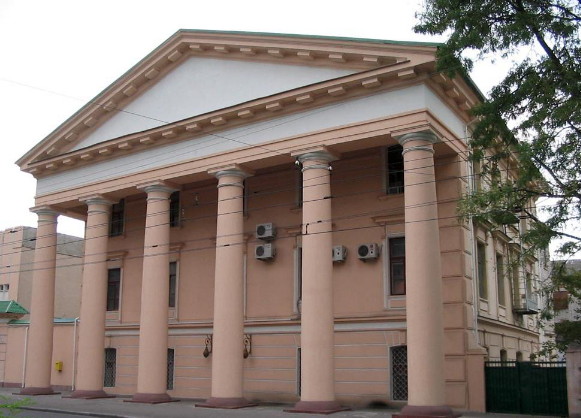Kherson
Kherson [Херсон; Xerson]. Map: VII-13. A city (2018 pop 291,428), the capital of Kherson oblast, a large sea and river port on the Dnipro River and railway terminus. The town, with a fortress, admiralty, and shipyard, was founded in 1778 on the site of the Russian fortress Aleksandr-shants (1737–9) and was named after the ancient city of Chersonese Taurica. Its construction was completed rapidly using thousands of conscripted sailors, laborers, soldiers, prisoners, and serfs. In 1783 the first warship of the Russian Black Sea Fleet was launched there. In 1784 Kherson became a county center and in 1803 a gubernia capital. Shipbuilding, commerce, and shipping (particularly the export of grain and lumber to western Europe) were the cornerstones of its economy. With the deepening of the Dnipro Estuary waterway at the turn of the 20th century, Kherson’s role as an export port increased. A railway link was established in 1907. The city’s manufacturing sector (food industry, wool processing, machine building, and pig-iron founding) remained secondary. Its population grew from 2,000 in 1799 to 23,650 in 1846, 43,900 in 1859, 59,100 in 1897, and 81,000 in 1913.
In the second half of the 19th century, Kherson became a cultural center with a teacher's seminary and public library (1872), an archeological museum (est 1890 by Viktor Hoshkevych), a gubernia scholarly archival commission (1898), a people's home and a branch of the imperial music society (1905), and the daily Iug (est 1897, ed V. Hoshkevych). The writers Dniprova Chaika, Mykola Cherniavsky, and Ivan Karpenko-Kary lived and worked in the city.
During the Ukrainian struggle for independence (1917–20), Kherson was occupied by various forces: Ukrainian, Bolshevik, French, White, and Polish. As a consequence of several years of war and destruction, its population fell (74,500 in 1920). It decreased radically to 41,300 in 1923, probably as a result of the famine of 1921–3, but then rose steadily, reaching 58,800 in 1926 and 97,200 in 1939. The city was an okruha capital from 1923 to 1932. It suffered devastation and great population loss during the Second World War. In 1944 it became an oblast capital. After the war the city and its economy were rebuilt and expanded. Its population grew to 158,000 in 1959 and 261,000 in 1970. Its ethnic composition has changed, particularly since the war. In 1897, 1926, and 1959, the percentage of Ukrainians was, respectively, 19.6, 36, and 63; of Russians, 47.2, 36, and 29; of Jews, 29.1, 26, and 6.
Kherson is an important industrial center. Of its 56 large enterprises, the most important are the Petrovsky Combine Plant, the Comintern Shipbuilding and Repairs Complex, the Kuibyshev Ship Repair Complex, and the Kherson Cotton Textile Manufacturing Complex (one of the largest textile plants in the former USSR). Kherson’s port facilities handle a large volume of exports and imports from many countries around the world.
Kherson is also a scientific and cultural center. Located there are 4 universities; several institutes, 12 secondary vocational schools and tekhnikums; an oblast library, philharmonic, drama theater, and puppet theater; the Kherson Regional Studies Museum and an art museum; and the Ukrainian Scientific Research Institute of Irrigation Farming. Among its 316 cultural and historical monuments are the remnants of the fortress walls and gates (dismantled in 1835), the Black Sea Hospital (designed by A. Zakharov and built in 1803–10), the naval arsenal (18th century), and the Cathedral of the Transfiguration (1781).
BIBLIOGRAPHY
Babashov, Iu. Kherson (Kyiv 1964)
Kherson za 50 rokiv radians'koï vlady, 1917–1967 (Odesa 1966)
Serhieieva, H.; Arkhypov, Ie. Kherson (Kyiv 1968)
Kherson. Putevoditel' (Symferopil 1977)
Khersonu 200 let. 1778–1978: Sbornik dokumentov i materialov (Kyiv 1978)
Mel'nikov, A.; et al (eds). Istoriia gorodov i sel Ukrainskoi SSR: Khersonskaia oblast' (Kyiv 1983)
Volodymyr Kubijovyč
[This article was updated in 2015.]
 Cathedral (1781).jpg)
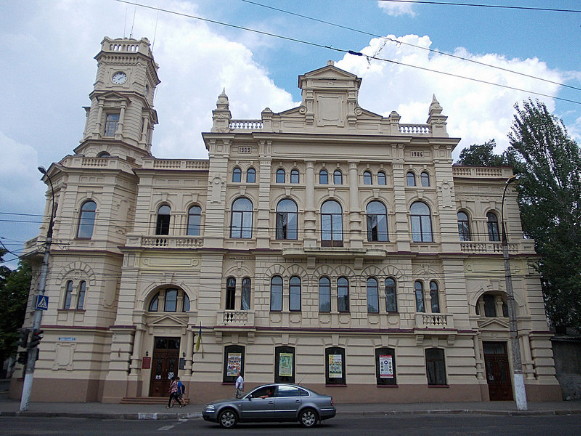
.jpg)
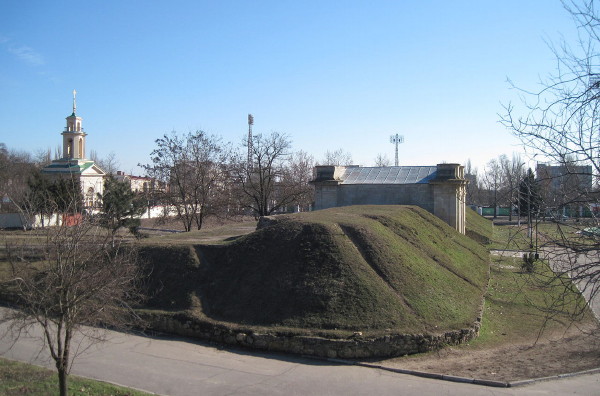
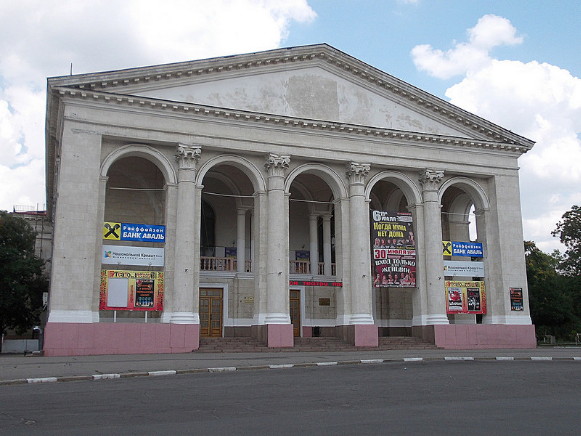
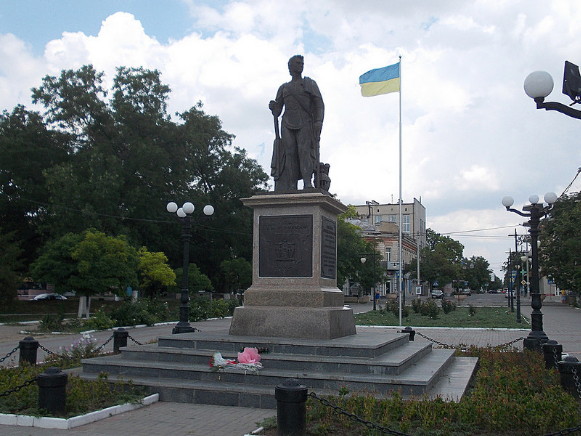
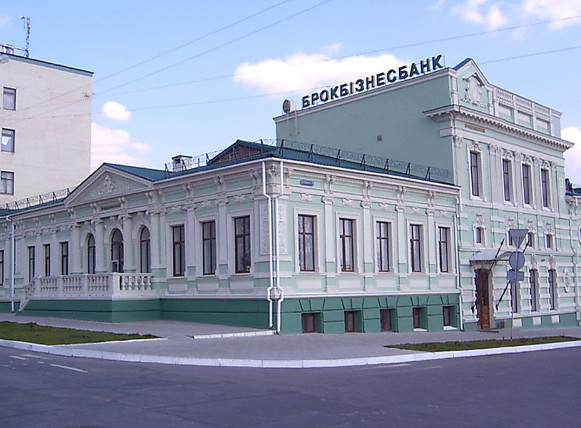

.jpg)
